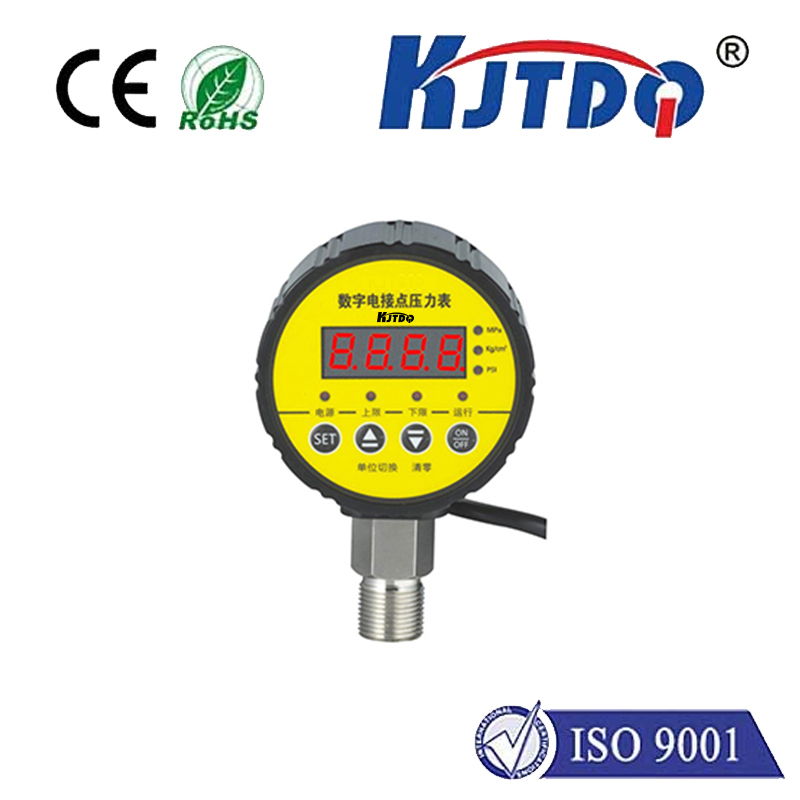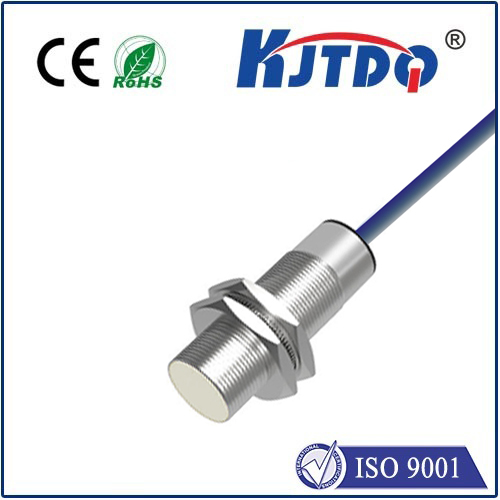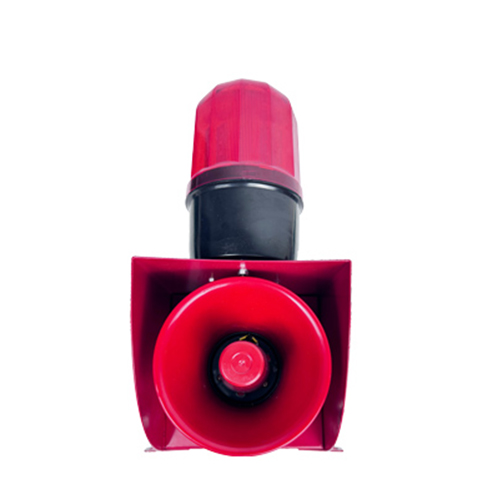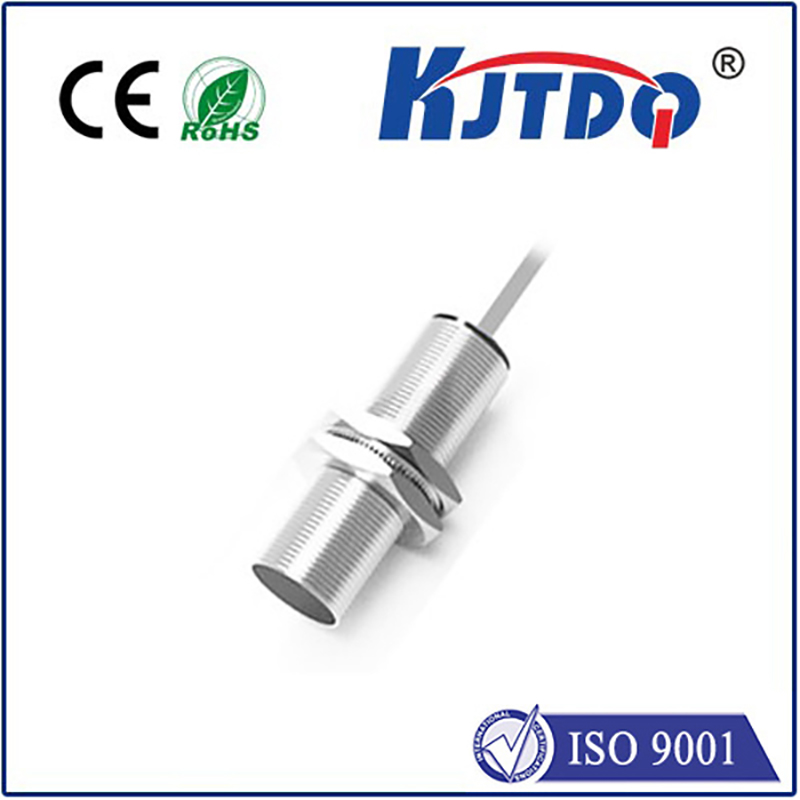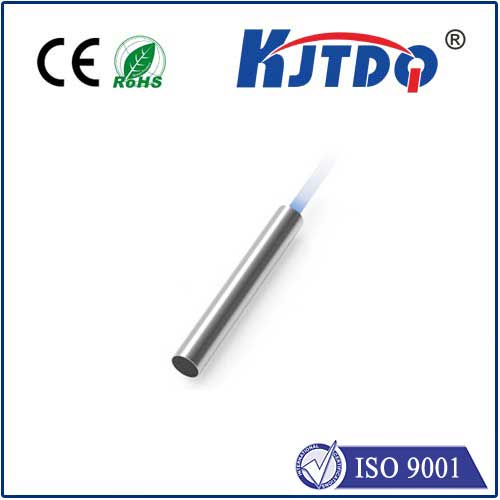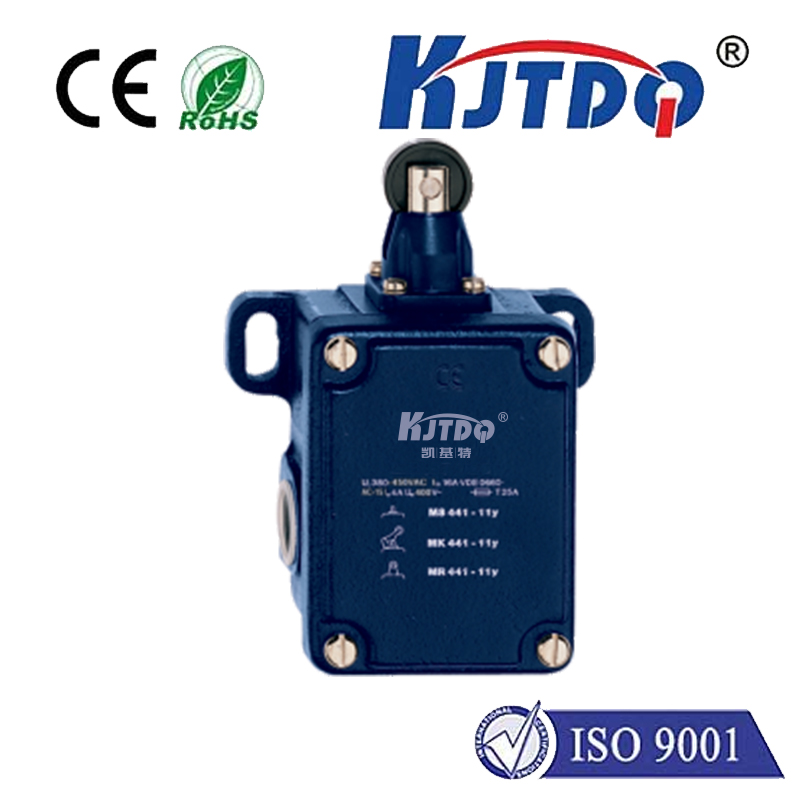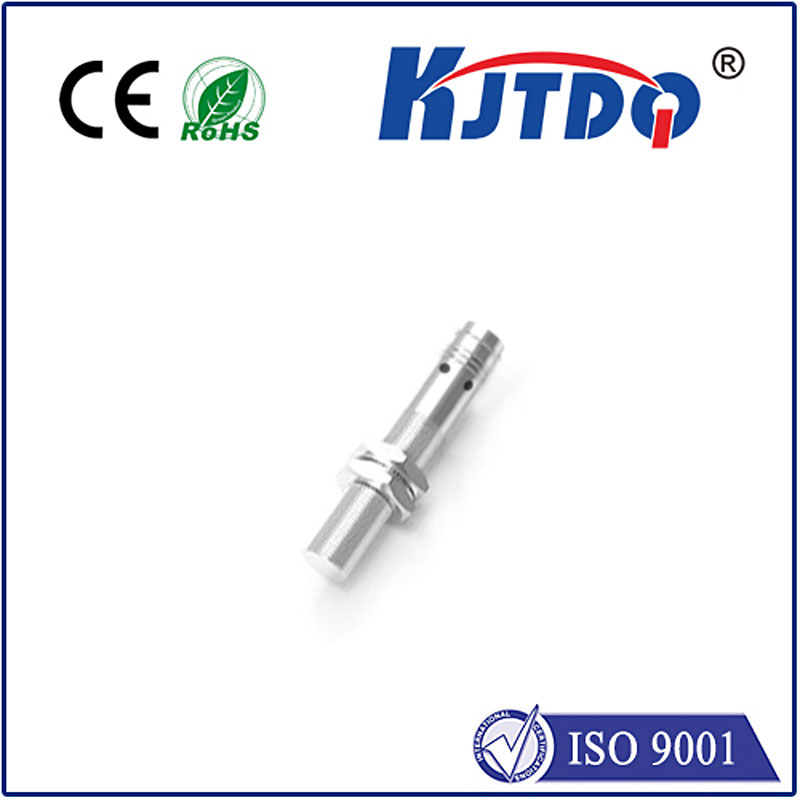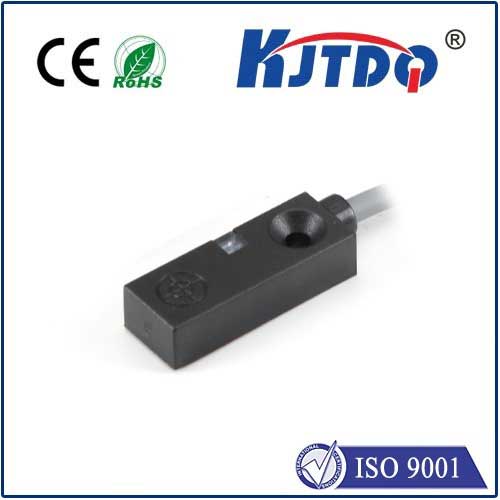

check

check

check

check

check

check

check

check

check

check
Limit Switch: The Unsung Hero of Industrial Automation
A limit switch, also known as an end switch, is a crucial component in industrial automation. It is used to detect the presence or absence of an object, and its position is critical to ensuring that machines operate safely and efficiently. In this article, we will explore the role of limit switches in industrial automation and why they are essential for any manufacturing process.
Firstly, it is important to understand what a limit switch is. A limit switch is an electronic device that uses a mechanical or magnetic actuator to detect the position of an object. When the object comes into contact with the actuator, it triggers a signal that can be sent to a control system or other devices. This signal can then be used to initiate or terminate a particular action, such as opening or closing a valve or stopping a conveyor belt.
One of the primary functions of a limit switch is to provide safety in industrial environments. For example, if a machine's moving parts come too close to a person or another object, the limit switch can detect this and send a signal to stop the machine immediately. This prevents accidents and injuries from occurring, which makes limit switches an essential part of any safety system.
Another important function of limit switches is to ensure accurate positioning of machinery components. In many manufacturing processes, precise positioning is critical to ensuring that products are made correctly. By using limit switches to monitor the position of various components, manufacturers can ensure that their machines are operating accurately and efficiently.
Limit switches are also used in quality control processes. For example, they can be used to detect when a product has reached the end of a production line or when it has been properly packaged. This helps manufacturers ensure that their products meet the required standards and specifications before they are shipped out to customers.
In addition to their practical applications, limit switches are also highly versatile. They can be used in a wide range of industries, including automotive, food processing, pharmaceuticals, and more. They can be designed to work with different types of actuators, such as mechanical arms, solenoids, and proximity sensors, making them suitable for use in a variety of different settings.
Despite their importance, limit switches are often overlooked in discussions about industrial automation. However, without them, many manufacturing processes would not be possible. They play a critical role in ensuring safety, accuracy, and efficiency in industrial environments, making them an unsung hero of industrial automation.
In conclusion, limit switches are essential components in industrial automation. They provide safety, accurate positioning, and quality control, and they are highly versatile. While they may not always receive the recognition they deserve, they are crucial to the success of many manufacturing processes. As technology continues to advance, it is likely that limit switches will continue to play a vital role in industrial automation for years to come.
